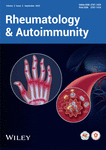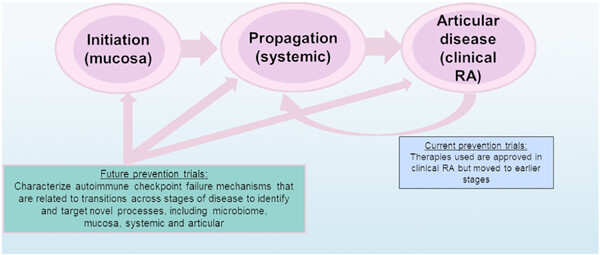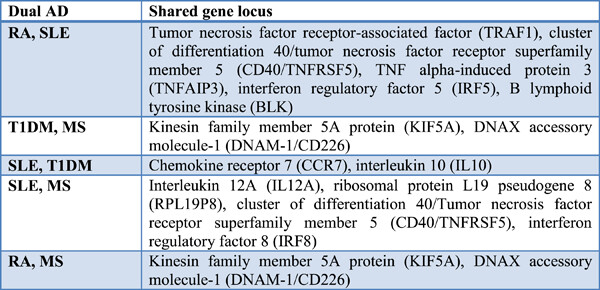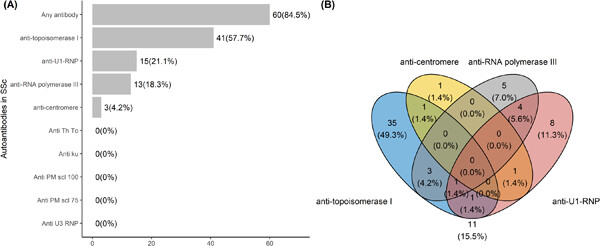Journal list menu
Export Citations
Download PDFs
ISSUE INFORMATION
REVIEWS
Mechanism-driven strategies for prevention of rheumatoid arthritis
- Pages: 109-119
- First Published: 15 June 2022
Dual autoimmune diseases: Rheumatoid arthritis with systemic lupus erythematosus and Type 1 diabetes mellitus with multiple sclerosis
- Pages: 120-128
- First Published: 20 April 2022
ORIGINAL ARTICLES
Exploring salivary biomarkers and swallowing perceptions in Sjogren's syndrome: A case–control feasibility study
- Pages: 129-140
- First Published: 16 September 2022
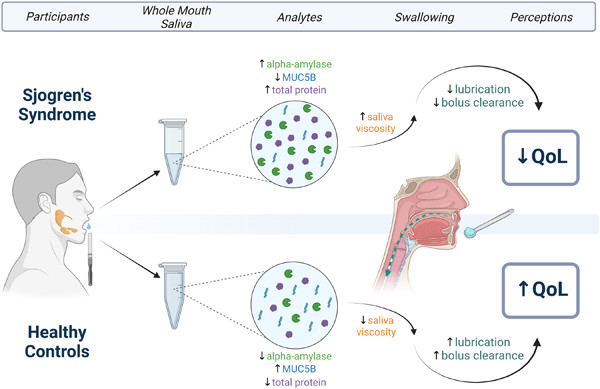
We distinguished novel relationships between salivary properties and participant-reported perceptions of swallowing in those with and without Sjogren's syndrome. Our findings support the feasibility of further study of saliva's role and analytes with lubricative properties during swallowing. Utilizing salivary investigations along with other swallowing diagnostics, salivary analyte profiling may enable biomarker-based diagnostic and treatment approaches for dysphagia and autoimmune diseases.
Associations of autoantibodies and clinical profile of the patients with systemic sclerosis
- Pages: 141-149
- First Published: 21 September 2022
Identification and functional analysis of shared gene signatures between systemic lupus erythematosus and Sjögren's syndrome
- Pages: 150-158
- First Published: 07 September 2022
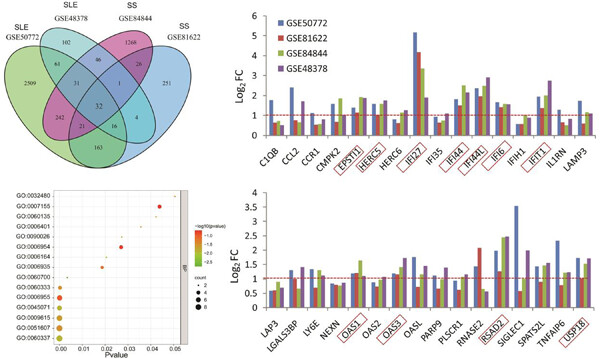
Thirty-two shared differential expressed genes (DEGs) were screened in systemic lupus erythematosus and Sjögren's syndrome transcriptome data sets. These 32 shared DEGs were mainly enrichment in biological progress associated with type I interferon signaling pathway, defense response to virus, response to virus, negative regulation of viral genome replication, and immune response.
lncRNA X-inactive-specific transcript is a potential biomarker related to changes in CD4+ T cell levels in systemic lupus erythematosus
- Pages: 159-174
- First Published: 27 September 2022
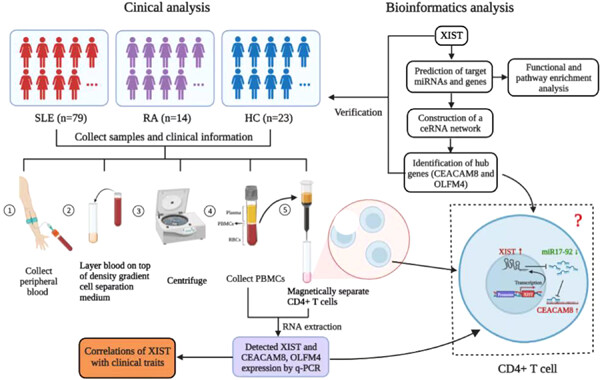
Seventy-nine SLE patients, 14 RA patients, and 23 healthy controls were recruited for this study to determine XIST expression in PBMCs and CD4+ T cells. Then, correlations of XIST with clinical traits in SLE patients were performed to understand the biological function of XIST. Bioinformatics methods, including prediction of target miRNAs and genes, construction of a ceRNA network, and functional and pathway enrichment analysis, were used to explore the function and regulatory mechanism of XIST. Finally, we found that XIST may play a biological role in SLE by regulating the miR-17-92 cluster and CEACAM8 in CD4+ T cells. ceRNA, competitive endogenous RNA; PBMCs, peripheral blood mononuclear cells; RA, rheumatoid arthritis; SLE, systemic lupus erythematosus; XIST, X-inactive-specific transcript.
CASE REPORTS
Biliary candidiasis mimicking IgG4-related disease in a patient with normal immunity
- Pages: 175-178
- First Published: 04 May 2022
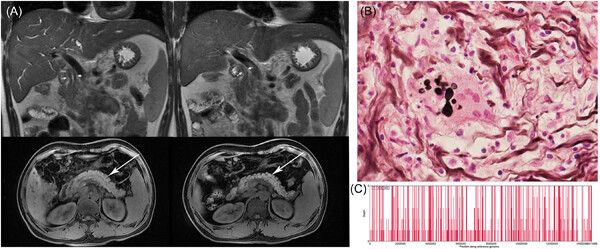
Imaging, pathological, and the second generation sequencing evidence of Candida albicans. (A) Abdominal magnetic resonance imaging before and after treatment. Upper left: Markedly thickened biliary duct wall and luminal stenosis. Lower left: A swollen pancreas, especially in the head region, with a dilated pancreatic duct. Upper right: Alleviation of the disease by bile duct stenosis. Lower right: Alleviated pancreatic swelling. (B) Periodic acid-Schiff staining demonstrated multiple, narrow base, budding yeast cells. (C) The sequencing data indicative of Candida albicans. The abscissa represents the position in the C. albicans genome and the ordinate represents the sequence depth.
Azathioprine-induced pancytopenia: A case report
- Pages: 179-184
- First Published: 17 July 2022
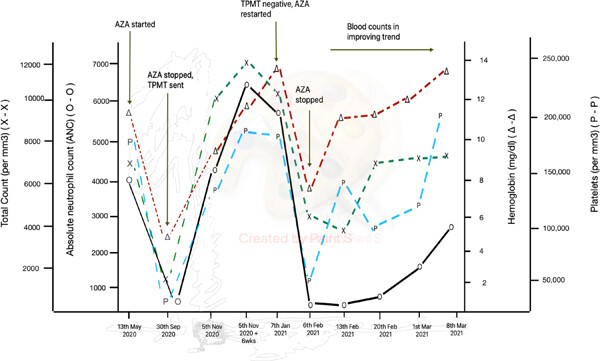
We report a case of severe myelosuppression following azathioprine (AZA) therapy in a 15-year-old female despite a normal thiopurine methyltransferase (TPMT) genotype. In patients with systemic lupus erythematosus (SLE), the distinction between disease-related and drug-induced myelosuppression is often difficult. Given the sequential relationship of AZA initiation with myelosuppression and its withdrawal with recovery, AZA-induced myelosuppression seemed a reasonable explanation in our patient's case. This report highlights the importance of regular complete blood count monitoring in patients receiving AZA therapy despite their TPMT levels.




